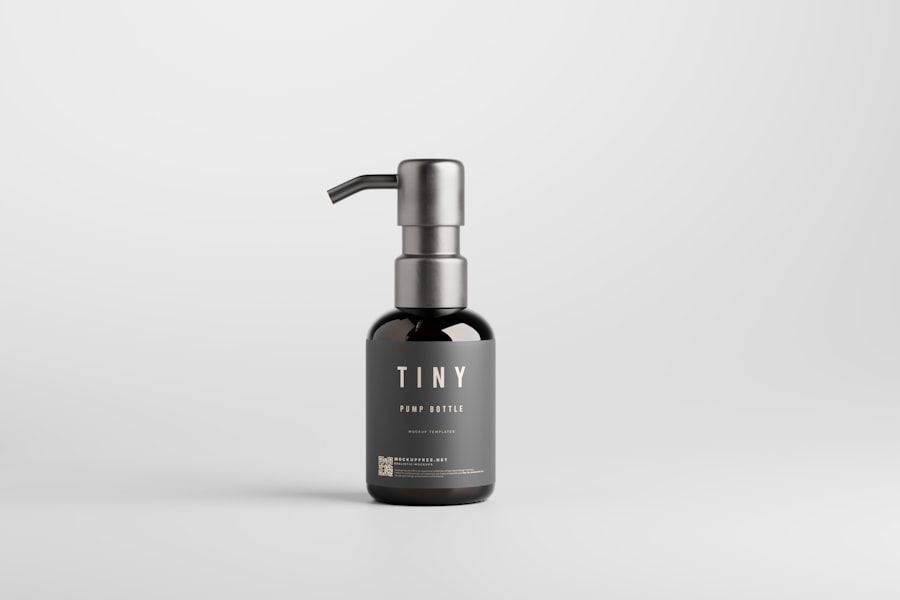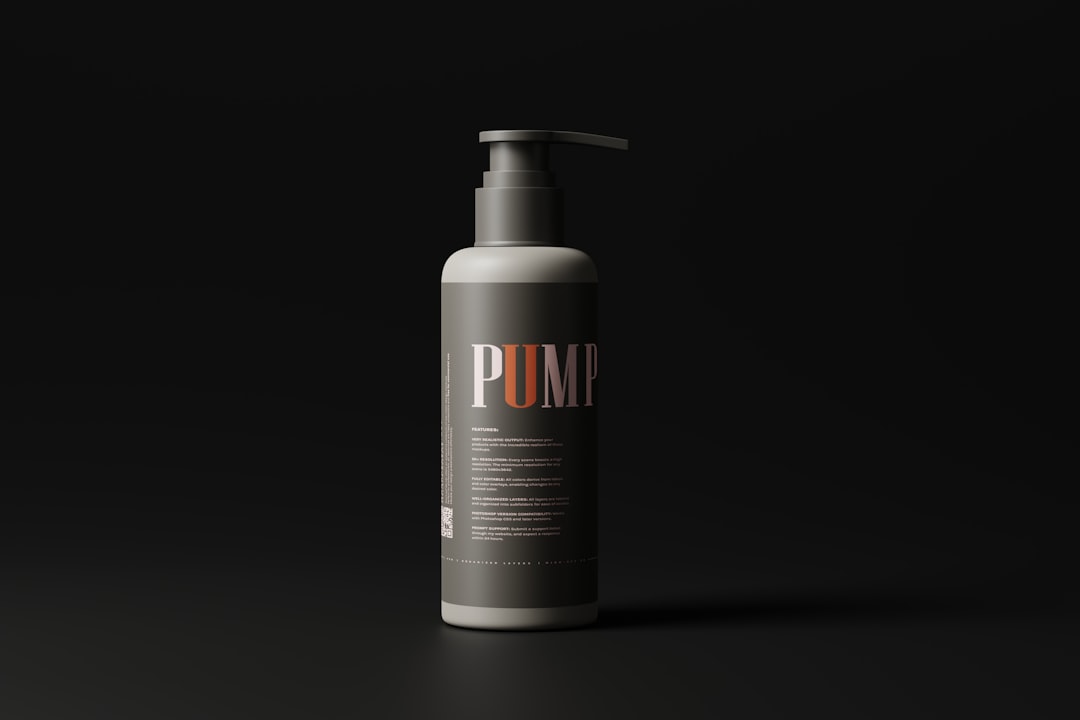When you engage in epilation, whether through waxing, tweezing, or using an epilator, you are not just removing hair; you are also subjecting your skin to a process that can lead to irritation, redness, and discomfort. This is why post-epilation care is crucial. Your skin has just undergone a significant change, and it needs your attention to recover and maintain its health.
Neglecting this step can lead to a host of issues, including inflammation, breakouts, and even long-term skin damage.
Moreover, understanding the importance of post-epilation care goes beyond mere aesthetics.
It is about nurturing your skin and allowing it to heal properly. After epilation, your hair follicles are open and vulnerable, making them susceptible to bacteria and irritants. By implementing a thoughtful aftercare routine, you can minimize the risk of infections and promote faster healing.
This not only enhances your comfort but also contributes to the overall appearance of your skin. Taking the time to care for your skin post-epilation is an investment in your self-care routine that pays off in the long run.
Key Takeaways
- Proper post-epilation care is essential for maintaining smooth and healthy skin
- Choose soothing products with natural ingredients to calm and nourish the skin
- Moisturize and hydrate your skin regularly to prevent dryness and irritation
- Natural remedies like aloe vera and tea tree oil can help soothe irritated skin after epilation
- Prevent ingrown hairs and breakouts by exfoliating regularly and using gentle skincare products
Choosing the Right Soothing Products for Your Skin
Soothing Ingredients for Post-Epilation Care
Aloe vera gel is a popular choice due to its natural cooling properties. It hydrates the skin while providing a protective barrier that helps soothe irritation. Additionally, products containing chamomile or calendula can be beneficial as they are known for their anti-inflammatory properties.
Key Considerations When Choosing Products
When shopping for post-epilation products, always opt for those that are fragrance-free and hypoallergenic to minimize the risk of further irritation. The formulation of the products you choose is also important. Creams and lotions that are rich in emollients can help lock in moisture and create a barrier against environmental irritants.
Product Recommendations for Sensitive Skin
Look for ingredients like shea butter or coconut oil, which not only hydrate but also nourish the skin. If you have sensitive skin, consider using products specifically designed for post-waxing or epilation care, as these are often formulated with gentler ingredients that cater to your needs. Remember, the right products can make a significant difference in how your skin feels after epilation.
Tips for Moisturizing and Hydrating Your Skin After Epilation

Moisturizing your skin after epilation is a vital step in your aftercare routine. You should aim to apply a good moisturizer within a few hours of epilation to help restore hydration and prevent dryness. Look for a moisturizer that contains hyaluronic acid, which is known for its ability to attract moisture to the skin.
This ingredient can help plump up your skin and keep it looking fresh and healthy. Additionally, consider using a lightweight lotion or gel that absorbs quickly without leaving a greasy residue. Incorporating hydrating serums into your routine can also be beneficial.
Serums often contain concentrated active ingredients that penetrate deeper into the skin, providing an extra layer of hydration. Apply a serum before your moisturizer for maximum effect. You might also want to consider using a hydrating mist throughout the day to keep your skin feeling refreshed.
This can be especially helpful if you live in a dry climate or spend time in air-conditioned environments. By prioritizing hydration after epilation, you can significantly improve your skin’s texture and overall appearance.
Natural Remedies for Soothing and Calming Irritated Skin
| Remedy | Benefit |
|---|---|
| Aloe Vera | Reduces inflammation and soothes the skin |
| Coconut Oil | Moisturizes and helps repair the skin barrier |
| Oatmeal | Relieves itching and irritation |
| Chamomile | Has anti-inflammatory and calming properties |
If you prefer natural remedies for soothing irritated skin after epilation, there are several options available that can provide relief without harsh chemicals. One effective remedy is cold compresses; simply wrap ice cubes in a clean cloth and apply them to the affected areas for short intervals. This can help reduce swelling and calm redness almost immediately.
Another natural option is green tea; its anti-inflammatory properties can be harnessed by brewing a strong cup, letting it cool, and then applying it to your skin with a cotton ball. You might also consider using oatmeal baths as a soothing treatment. Colloidal oatmeal is known for its ability to relieve itching and irritation, making it an excellent choice after epilation.
Simply add colloidal oatmeal to warm bathwater and soak for about 15-20 minutes. This not only calms the skin but also provides hydration. Essential oils like lavender or tea tree oil can also be diluted with a carrier oil and applied to the skin for their calming effects.
However, always perform a patch test first to ensure you don’t have an adverse reaction.
How to Prevent Ingrown Hairs and Breakouts After Epilation
Preventing ingrown hairs and breakouts after epilation is essential for maintaining smooth skin. One of the most effective ways to do this is through regular exfoliation. Gently exfoliating your skin two to three times a week helps remove dead skin cells that can clog hair follicles and lead to ingrown hairs.
You can use physical exfoliants like scrubs or chemical exfoliants containing alpha-hydroxy acids (AHAs) or beta-hydroxy acids (BHAs) to achieve this goal. Just be cautious not to over-exfoliate, as this can irritate freshly epilated skin. In addition to exfoliation, keeping your skin clean is crucial in preventing breakouts.
After epilation, make sure to cleanse the area thoroughly with a gentle cleanser to remove any residual product or bacteria that may have accumulated during the process. Following up with a toner containing witch hazel or salicylic acid can help tighten pores and further reduce the risk of breakouts. Lastly, wearing loose-fitting clothing after epilation can minimize friction on the skin, reducing the likelihood of irritation and ingrown hairs.
The Role of Exfoliation in Post-Epilation Care

Exfoliation plays a pivotal role in post-epilation care by helping to maintain smooth skin and prevent common issues like ingrown hairs and breakouts. When you remove hair from the root, it’s essential to keep the hair follicles clear of debris and dead skin cells that can obstruct hair growth. Regular exfoliation encourages cell turnover and helps keep your pores unclogged, allowing hair to grow out properly without becoming trapped beneath the surface.
You should choose an exfoliation method that suits your skin type and sensitivity level. For sensitive skin, gentle physical exfoliants with fine granules may be more appropriate, while those with resilient skin might benefit from stronger chemical exfoliants like glycolic acid or salicylic acid. Regardless of the method you choose, it’s important to listen to your skin; if you notice any signs of irritation or discomfort, scale back on the frequency or intensity of your exfoliation routine.
Creating a Post-Epilation Skincare Routine
Establishing a post-epilation skincare routine is essential for ensuring your skin heals properly while maintaining its health and appearance. Start by cleansing the area gently with a mild cleanser immediately after epilation to remove any residual wax or product that may cause irritation. Follow this with a soothing toner or serum that contains calming ingredients like aloe vera or chamomile to help reduce redness.
Next, apply a rich moisturizer or hydrating lotion to lock in moisture and create a protective barrier on your skin. If you’re prone to ingrown hairs or breakouts, consider incorporating an exfoliating product into your routine two to three times a week as mentioned earlier. Finally, don’t forget about sun protection; applying sunscreen is crucial if you plan on exposing your skin to sunlight after epilation, as freshly treated skin can be more sensitive to UV rays.
Professional Treatments for Post-Epilation Care
If you find that at-home remedies aren’t enough for your post-epilation care needs, consider seeking professional treatments designed specifically for soothing irritated skin. Many spas and dermatology clinics offer specialized treatments such as soothing facials or chemical peels that can help calm inflammation and promote healing after hair removal procedures. These treatments often utilize advanced techniques and high-quality products that may not be available over-the-counter.
Additionally, some professionals offer laser treatments that can help reduce hair growth over time while minimizing irritation associated with traditional epilation methods. These treatments can be particularly beneficial if you experience frequent ingrown hairs or breakouts after waxing or tweezing. Consulting with a skincare professional can provide personalized recommendations tailored to your specific needs, ensuring you achieve optimal results while caring for your skin effectively.
In conclusion, taking care of your skin after epilation is not just an optional step; it’s an essential part of maintaining healthy, beautiful skin. By understanding the importance of post-epilation care and implementing effective strategies such as choosing the right products, moisturizing adequately, utilizing natural remedies, preventing ingrown hairs, exfoliating regularly, creating a skincare routine, and considering professional treatments when necessary, you can enjoy smooth skin without the discomfort often associated with hair removal processes. Prioritizing these steps will not only enhance your comfort but also contribute significantly to your overall skincare journey.
After epilating, it is important to take care of your skin to prevent irritation and ingrown hairs. One helpful article on this topic can be found on the In Laser Hair Removal blog at https://www.inlaserhairremoval.com/blog/. This article provides tips on what to put on your legs after epilating to soothe the skin and keep it smooth. It is important to follow a proper skincare routine to maintain the results of your hair removal treatment.
FAQs
What is epilating?
Epilating is a hair removal method that involves using an electric device to grasp and pull out multiple hairs at once from the root.
What should I put on my legs after epilating?
After epilating, it is recommended to apply a soothing and moisturizing lotion or aloe vera gel to calm the skin and reduce any redness or irritation.
Can I use aloe vera gel after epilating?
Yes, aloe vera gel is a popular choice for soothing the skin after epilating. It has anti-inflammatory properties and can help reduce redness and irritation.
Should I avoid certain products after epilating?
It is best to avoid using products with harsh chemicals or fragrances immediately after epilating, as the skin may be more sensitive and prone to irritation.
How long should I wait to apply lotion after epilating?
It is recommended to wait at least 30 minutes after epilating before applying lotion to allow the skin to calm down and reduce the risk of irritation.





